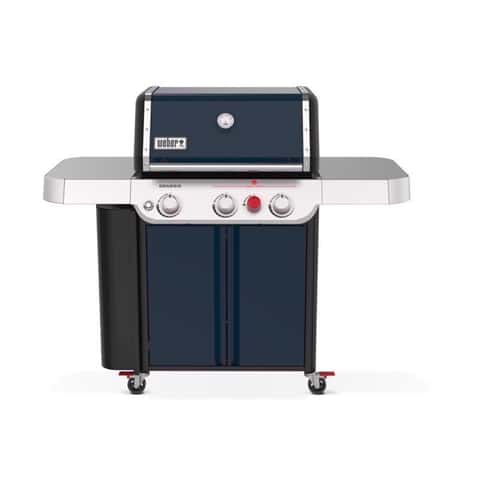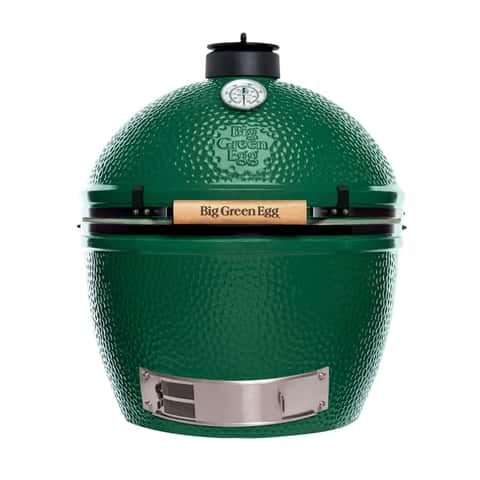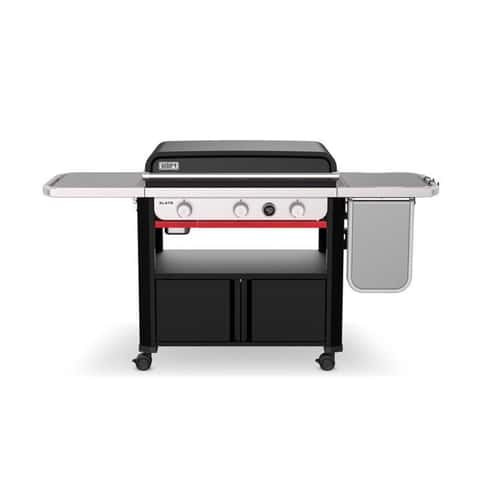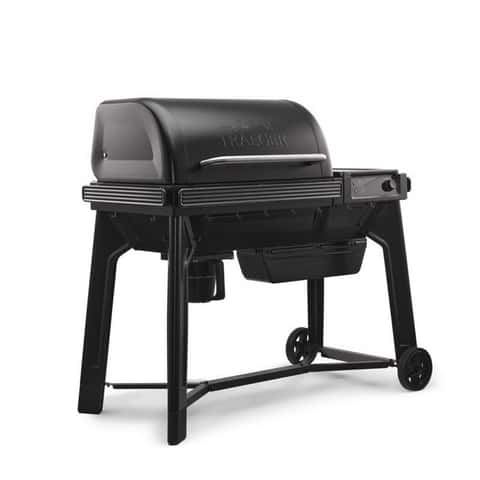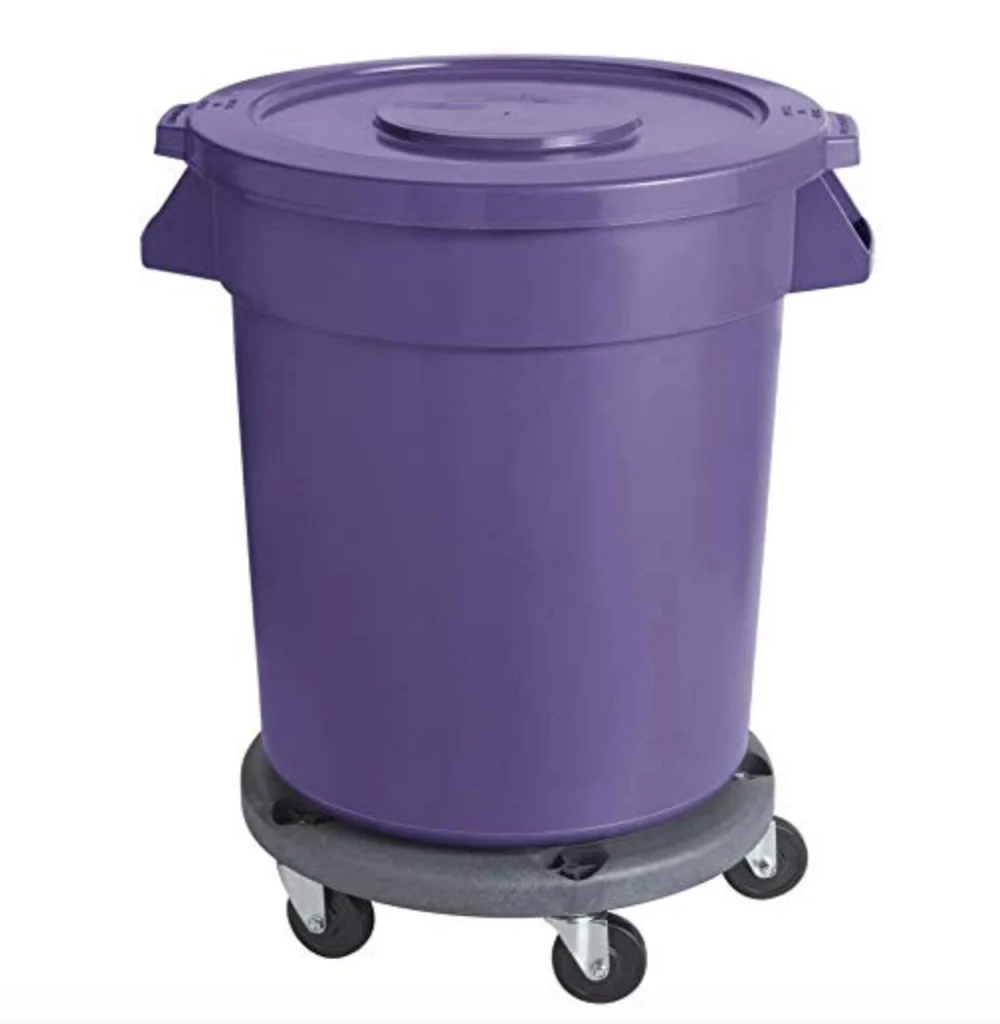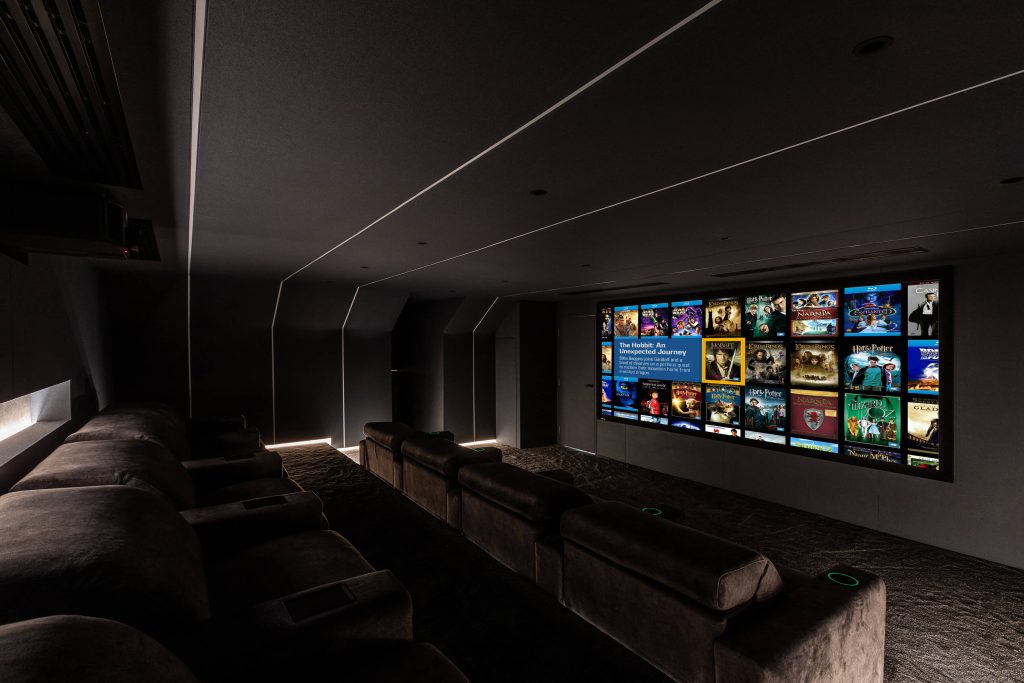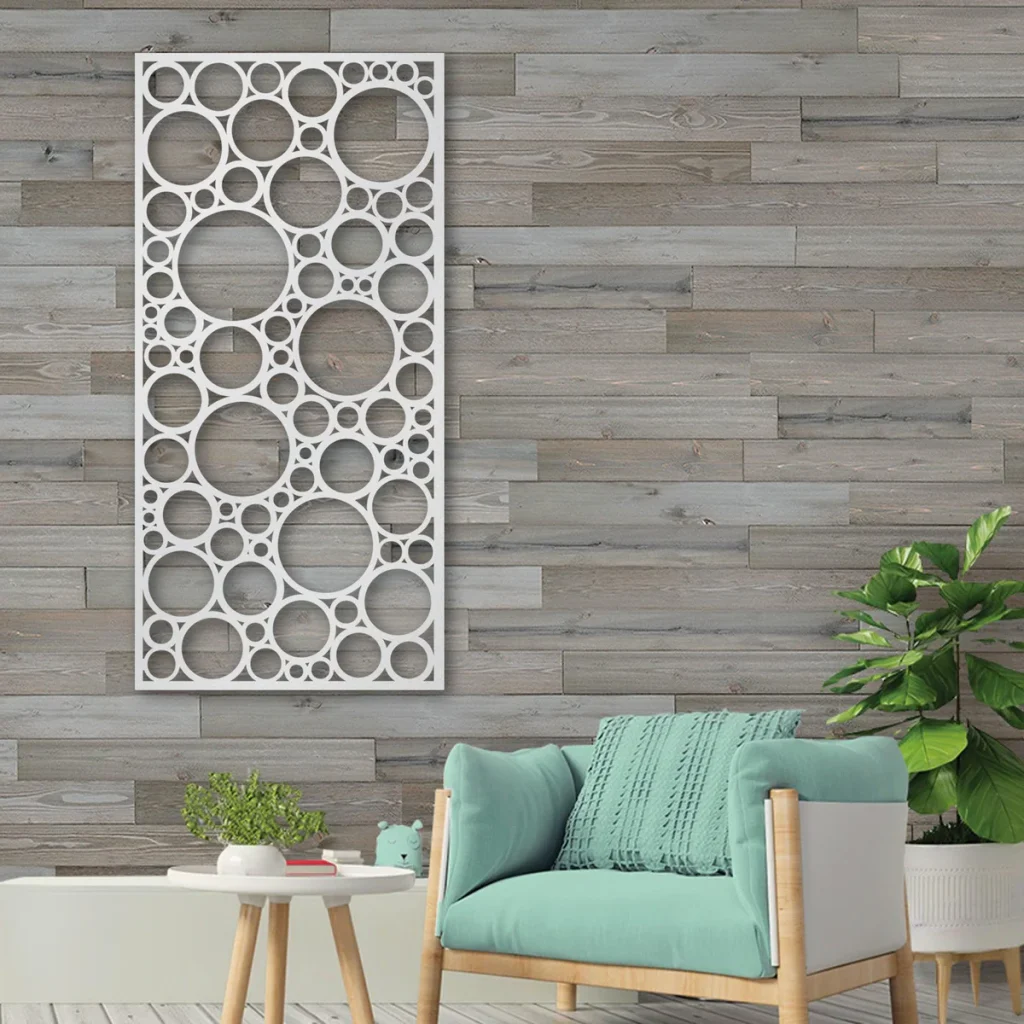Transform your backyard into a culinary haven with the finest selection of grills from Commerce City Ace Hardware. Whether you’re a seasoned grill master or a weekend warrior, our range of top-quality grills ensures you have the perfect tool for every outdoor cooking occasion. Located in Commerce City, CO, our store is dedicated to providing legendary service and an unparalleled selection of grills that cater to all your outdoor cooking needs. From gas and charcoal grills to pellet smokers, we have it all. Visit us today and let our experts guide you to the perfect grilling solution!
Timothy Zaleski, owner of Commerce City Ace Hardware, emphasizes the importance of having the right grill to elevate your outdoor cooking experience. “We carefully select our range of grills to ensure that every customer can find the perfect fit for their backyard, whether they’re hosting a large family gathering or enjoying a quiet evening meal,” Zaleski stated.
Weber Genesis SA-E-330 3 Burner Liquid Propane Grill Indigo
The Ace Hardware Exclusive SA-E 330 Genesis gas grill is the epitome of outdoor cooking excellence, offering renowned Weber quality, performance, and durability. It features the innovative PureBlu burner system for consistent pressure and even heat across the cooking surface. With 9mm stainless steel grates for enhanced heat retention and searing, and Flavorizer bars for flavorful smoke, this grill is designed to impress. The 13,000 BTU Sear Zone Burner creates perfect sear marks, making every meal memorable. With a primary cooking area of 513 square inches and a total output of 52,000 BTU, this grill is perfect for any occasion.
“The Weber Genesis SA-E-330 is a game-changer for outdoor cooking enthusiasts. Its innovative features and robust construction make it a top choice for anyone looking to elevate their grilling game,” noted Timothy Zaleski.
Big Green Egg 24 in. XLarge Charcoal Kamado Grill and Smoker Green
The Big Green Egg XLarge model is perfect for large gatherings, offering a spacious cooking area that can accommodate twelve racks of ribs, twenty-four burgers, or two holiday turkeys. Known for its high quality, versatility, and ease of use, this grill supports grilling, roasting, smoking, and baking. Its ceramic design retains heat and moisture, enhancing natural flavors. With a primary cooking area of 452 square inches and a temperature range of 150 to 750°F, it’s a versatile addition to any backyard.
“Our Big Green Egg grills are celebrated for their versatility and exceptional build quality. They’re perfect for anyone who loves to experiment with different cooking techniques,” said Zaleski.
Blackstone 4 Burner Liquid Propane Outdoor Griddle Black
The Blackstone outdoor griddle offers a versatile cooking experience with a solid rolled steel construction and modern design. With 60,000 BTUs for adjustable cooking options, it’s perfect for large gatherings, accommodating up to 28 burgers. The griddle includes a front/side shelf, towel bar, and tool holder for added convenience, making it an essential tool for any outdoor event.
“This Blackstone griddle is ideal for those who love hosting large gatherings. Its spacious cooking area and easy-to-use features make it a favorite among our customers,” Zaleski commented.
Weber Slate Rust-Resistant 1500215 3 Burner Liquid Propane Outdoor Griddle Black 30 IN ACE EXCLUSIVE
This 30-inch rust-resistant outdoor griddle is ready for immediate use, reaching over 500 degrees with consistent edge-to-edge heating. With 36,000 BTU burners and a digital temperature display, this griddle is perfect for rapid heating and even cooking. Its versatile design includes a Weber Works caddy, closed cabinet storage, and an extendable side table, making it an excellent choice for any outdoor cooking enthusiast.
“The Weber Slate griddle is an exclusive offering at our store, providing a perfect blend of style and functionality. It’s a must-have for anyone serious about outdoor cooking,” Zaleski said.
Traeger Woodridge Wood Pellet Grill Black
The Traeger Woodridge grill offers a wood-fired flavor experience with user-friendly controls for ease and consistency. With features like P.A.L. Pop-And-Lock options, WiFIRE connectivity, and ModiFIRE accessories, this grill is designed for versatility and convenience. It includes a fully digital controller, a wired meat probe, and Bluetooth Meat Thermometer compatibility, making it an excellent choice for tech-savvy grillers.
“Our Traeger grills provide an unmatched wood-fired flavor and are perfect for those who enjoy a high-tech grilling experience. They’re a great addition to any outdoor kitchen,” Zaleski remarked.
For all things Ace Hardware, please visit acehardware.com.
